This article shows the rejection of the Muslim past of Spain, in this case through the example of the city of Ávila, a World Heritage Site in the region of Castile and León. There was found the only complete Islamic cemetery of the country, and the biggest of the region. And yet, the campaign to protect launched in the 90s was dismissed, leading to its destruction, and amid accusations “pro-Islamist fever”, “Orientalist whim”, and “eccentricities in favor of the sons of Allah”.
Daniel Gil-Benumeya – FUNCI
Translation: Alfonso Casani – FUNCI
At the end of the last century, Ávila (in the region of Castile and León, Spain) had an exceptional finding: the biggest and best preserved Medieval Islamic cemetery of Europe. In the shores of the Adaja river, in an area known as the Vado de San Mateo, more than three thousand tombs from the 13th and 14th century were found, an inheritance of the Mudejar presence in the province of Ávila. The term Mudejar refers to the Muslims that lived as a minority under Christian rule in the Iberian Peninsula. However, the term is almost a historiographical category, rather than historic, as, at the time, they were mostly known as Moors (or Muslimes, as they would say). In a city as Ávila, which calls itself a city of the “three cultures”, to have the biggest Islamic cemetery of Europe should have been a reason to be proud of. And yet, the reaction was the opposite: the excavation led to its complete destruction in the following years. Today, we find a complex of houses in its place.
How could this happen, while at the same time the world looked in fear at the destruction of heritage by both the Taliban and ISIS? This is the question posed by the documentary Maqbara (2016), by José Ramón Rebollada, which you can find at the end of this article. The title means, precisely, “cemetery”, and it is the origin of the word macabre.
The Islamic maqbara of Saint Nicolas (in honor of the town’s parish) was one of the three cemeteries existing in Ávila, and its location had been known for centuries. After the forced conversion of the Muslims of the kingdom of Castile in 1502, the land was abandoned and its headstones were used for building purposes all across the city. Today we can still find them, within walls or used as field boundaries. However, when this story began, in 1998, there were still hundreds of tombs in the maqbara. Its forms and types told us many interesting facts about the Mudejar community of the city, as many of them had a round shape, something uncommon that only happened in the city of Toledo. This singular feature, in addition to making the pieces more valuable, taught us about the emigration that had taken place from one city to the other. This is supported by the history of the cemetery, which did not have tombs from the Andalusi period, prior to the Christian conquest.
The Mudejar community
Muslims in Ávila represented approximately an 8% of the population, a number that increased after the expelling of Jews. As it happened with the Mudejar community of Madrid, the important of this community exceeded its numbers, as it controlled specific productive sectors, such as the sectors of metallurgy and farming, as well as fieldworks linked with building and public works. Some of these works were registered in historic documents. Among them, in 1386, the chapter of the cathedral signed a contract with a builder called Hasan ibn Ali to turn a dry land into an orchard through the building of a waterwheel –such as the one that can be found today next to the cemetery–, which shows the preservation of the Al-Andalus agricultural sciences by the Muslims from Castile. We find other similar works in the palace of Don Pedro de Ávila, the Monastery of Saint Thomas (where we find many Mudejar decorative elements), and especially in the famous city walls, as the Muslim builders where in charge of its maintenance. This explains why, the upper parts, which are the more likely to deteriorate, have elements of the Mudejar art.
Muslims in Ávila represented approximately an 8% of the population, a number that increased after the expelling of Jews.
Living these works aside, Avila has few remains related with the daily lives of this community. According to Javier Jiménez Gadea, from the research group on the Mudejar and Moorish community of Avila, the Calle Empedrada still preserves the remains of one of the three mosques known to exist in the city (known at the time as the Mosque of Alquibla). This would be something extraordinary, as it would be the only mosque partially standing of all the region of Castile and León (East of Spain). The importance of the maqbara follows this same logic, as it was the biggest and most important historic footprint of the Mudejar community in Avila. Although it had been abandoned after the Catholic King forbade the practice of Islam in the 15th century, its land had survived the urban growth (something that had not happened in other cities such as Madrid), and their dwellers had been allowed to sleep their eternal sleep until the expansion of the property speculation in the 21th century.
In 1985, the lands were rezoned, losing their previous protection and opening the door to their future extinction. This turned true in 1998, when the new plan of urbanism was passed, giving way to the real-estate bubble that was beginning to form. The lands of the Vado de San Mateo were abandoned to property speculation. As we can imagine, the first works carried out in the place showed that the maqbara was still there, and the public authorities (pressured by the political opposition) had no option than ordering an archaeological study of the land. This study confirmed that the old dwellers were still in their tombs, but also showed that the traces of a Mudejar community were bigger and more important than what scholars had originally thought.
A complete Islamic cemetery
It was the first time that a complete Islamic cemetery was found in Spain. In addition to this, Ávila had been declared a World Heritage Site. Counting the cemetery of Ávila, there are only three Mudejar cemeteries in the region of Castile and León (in Ávila, Valladolid and Cuéllar). To this, we have to add the fact that Mudejar cemeteries are generally rare. And yet, Ávila’s cemetery was exceptional due to the number of tombs (3171, in comparison to 58 in Valladolid and 30 in Cuéllar), and to the fact that it had been completely preserved, unchanged since it was abandoned, except for the use of its tombstones. Among the tombs, an extraordinary finding was made: a stone boar, one of those pre-Roman statues very common in the region. It had probably been buried to mock the Islamic faith, as its rear was facing the Mecca, just as the faces of the buried. In any case, it is an interesting proof of the discrimination against the Moors that began to be common in Spain in the Modern Age.
It was the first time that a complete Islamic cemetery was found in Spain. In addition to this, Ávila had been declared a World Heritage Site.
A campaign was then launched to preserve these findings, which involved thirteen Spanish and foreign universities, and several other organizations. The political opposition asked for the maqbara to be considered a Good of Cultural Interest, something that seemed, at the beginning, supported by the City Council, although this proved not to be true later on. On the contrary, the media close to the governing party and the real estate developers launched a media campaign that not only accused the supporters of the archaeological site of being against the development of the city, but also relied on many nationalist and culturalist arguments. Their campaign for the preservation of the cemetery was labeled a “pro-Islamist fever”, “an Orientalist whim”, and “eccentricities in favor of the sons of Allah”, as it was published in the newspapers at the time, and the supporters were accused of “insisting in the fact that we should feel guilty for having won the war of the Reconquista to recover all of our national territory and expelling those who invade us and tried to impose upon us a culture and religion foreign to our European nature”. The most prominent activists were subjected to harassment, and even received death threats for “betraying the white race”. All of this happened, in opinion of the affected activists, with the collusion or inaction of the public authorities. The cemetery was also vandalized.
At the end, the Regional Government of Castile and León dismissed the request to recognize the place as a Goof of Public Interest, due to the lack of monuments. The tombs were destroyed, the human remains moved to a storehouse, and in the settlement was built a supermarket and a real estate development. Initially, the city council agreed to a partial solution, building a “Mudejar center” in one of the lots. However, this was later turned into a parking for the storehouse. Finally, the only concession to the Mudejar past was the naming of three of the new streets after some of the prominent figures of the Mudejar community, by relying on archives: Ali Caro, Ali Alfaquí, and Abdalá el Rico (Abdalá the Rich). The documentary begings with the story of the latter, who was “unfairly murdered”, as its tombs said.
Ávila’s cemetery was exceptional due to the number of tombs (3171, in comparison to 58 in Valladolid and 30 in Cuéllar).
Paradoxically, some years later after the destruction of the maqbara, in the year 2012, a small Jewish cemetery was found in Ávila. It had no tombstones, no monuments, the tombs had been dag directly into the land. Did it suffer the same fate? No. Quite the contrary. The same City Council that had destroyed the Muslim cemetery created in the new found Jewish cemetery the now called Garden of Sefarad, a place to honor and remember the old Medieval Jewish community of Ávila, preserving the human remains found and respecting the traditional sanctity of the tombs (shared by Muslims and Jews).
A Jewish cemetery
The fate of maqbara illustrates the problem of the historic memory of Islam in Spain. Since the times of the Catholic kings, and more intensely during the Modern Age and the redefinition of the Spanish nation in the 19th century, Spain has tried to portray itself as essentially catholic. Even though it is a process filled with ambivalences, the memory of the others –the Jews, the Muslims, but also the Gypsies, the African slaves, etc.– has been excluded from the collective memory. Islam in particular has carried the burden of representing the anti-Spain, the element against which the national myths were forged (the Reconquista, national heroes such as the Cid or don Pelayo, etc.). In the 21th century, with the narrative of the clash of civilizations, Islamophobia and the cultural change of our societies, which are luckily becoming more diverse, this perception has increased, becoming the banner of one political side. This image, however, permeates the society as a whole, as even the more friendly representations of Islam and these “others”, are always portrayed as something exotic and foreign. The proof is that not even the documentary Maqbara is free of this image. In this sense, the beginning of the documentary offers a recreation of the Mudejar community living in Ávila, well-intentioned but filled with Orientalist clichés (although this is the only downside we have found).
Islam in particular has carried the burden of representing the anti-Spain, the element against which the national myths were forged (the Reconquista, national heroes such as the Cid or don Pelayo, etc.).
This explains how a heritage and archaeological issue such as the maqbara of Ávila, which was closed five centuries ago, can result in accusations of “Islamism” and “treason”. In the end, as pointed out by the anthropologist Llorenç Prats, heritage is that which a community considers part of its historic and cultural heritage, which forms its identity, and leads, in consequence, to of mobilization of resources to preserve it and highlight it. In Spain, the Muslim heritage doesn’t usually come out well in this process of symbolic reconstruction, unless there are specific interests that call for a different historic portrayal, as it happens with tourism in a few exceptions. Cemeteries seem to be particularly annoying, as they are one of the biggest symbols of a community’s presence in a region. Maybe that is why there are currently so many obstacles to the existence of Muslim cemeteries in the country. From a historical perspective, the existence of Muslim cemeteries highlights a part of history that contradicts the dominant narratives according to which the Muslim presence in the Iberian Peninsula was somewhat an anecdote, something secondary. In this foreign narratives, the Mudejar community, that is, those Muslims that were part of the Christian societies in the late Middle Age, and that shared the language, habitat and traditions of their Jewish and Christian neighbors, have been almost forgotten, possibly because they do not fit in a narrative or a constant and necessary conflict between Christians and Muslims.
For centuries, the Jewish community shared the same luck. What is more: they might even have been affected more, through the desemitization pointed out by the Hispanist Alain Milhou, which refers to the systematical elimination of Semitic elements (Jewish and Islamic) that took place during the Middle Age in Spain. In the last decades, however, the political and economic interests have contributed to recover the Jewish memory. On the contrary, the Muslim memory is far from being treated equally. On the contrary, on many occasions it even suffers the bigger process of a symbolic deconstruction (sometimes even physical deconstruction, as it is the case of the maqbara) than it experienced in the past, in spite of the rhetoric of the “three cultures”.
To sum up, the documentary portrays one of the many cases of heritage destruction, which achieved some relevance and found some resistance thanks to a handful of individual figures, such as the History and councilman Serafín de Tapia, who moved all of the resources at his disposal to preserve the discovery. As a significant point, none of the government officials involved in the destruction of the cemetery accepted to be interviewed.

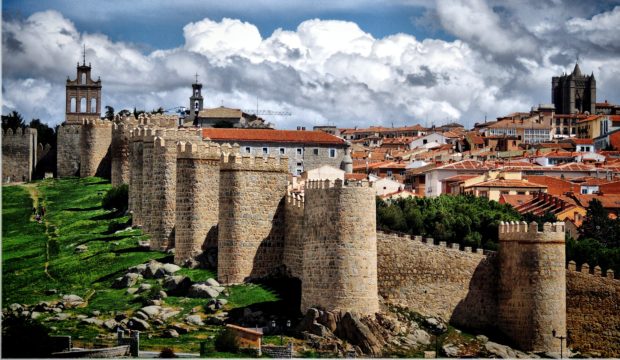
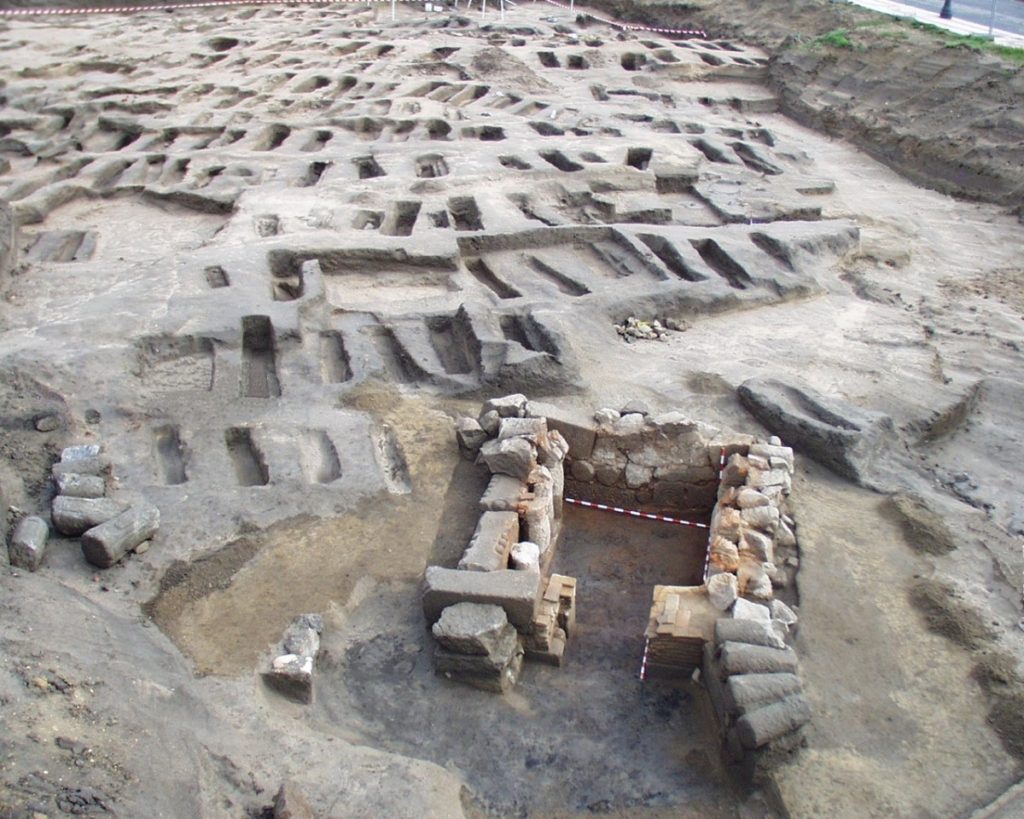
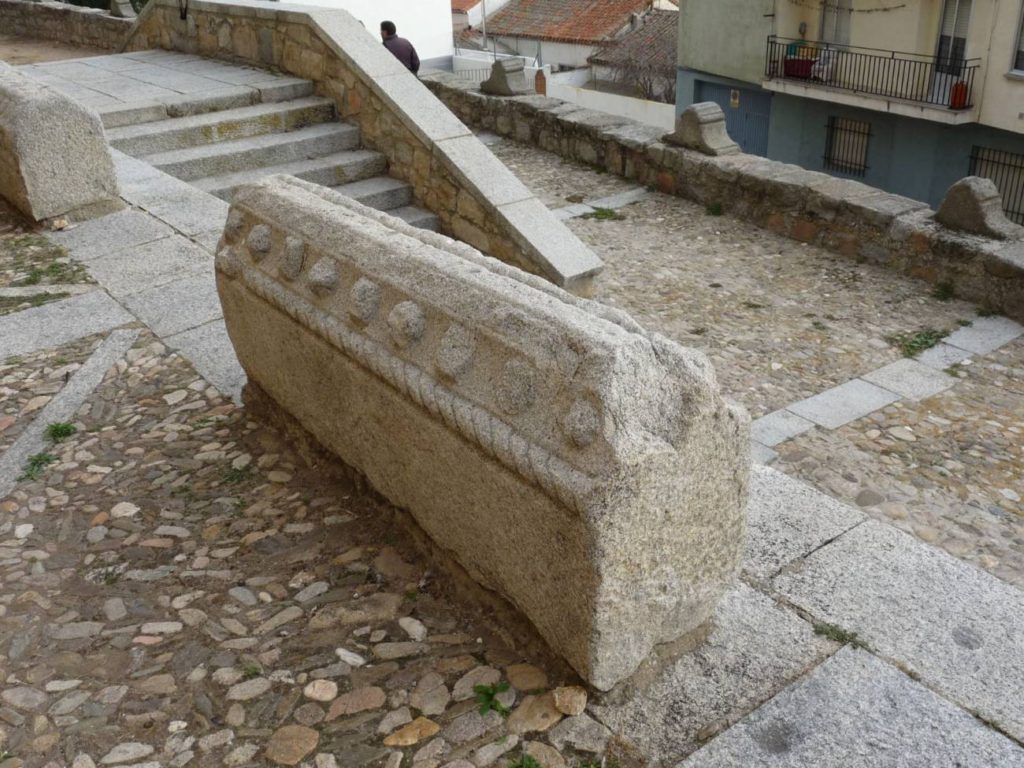
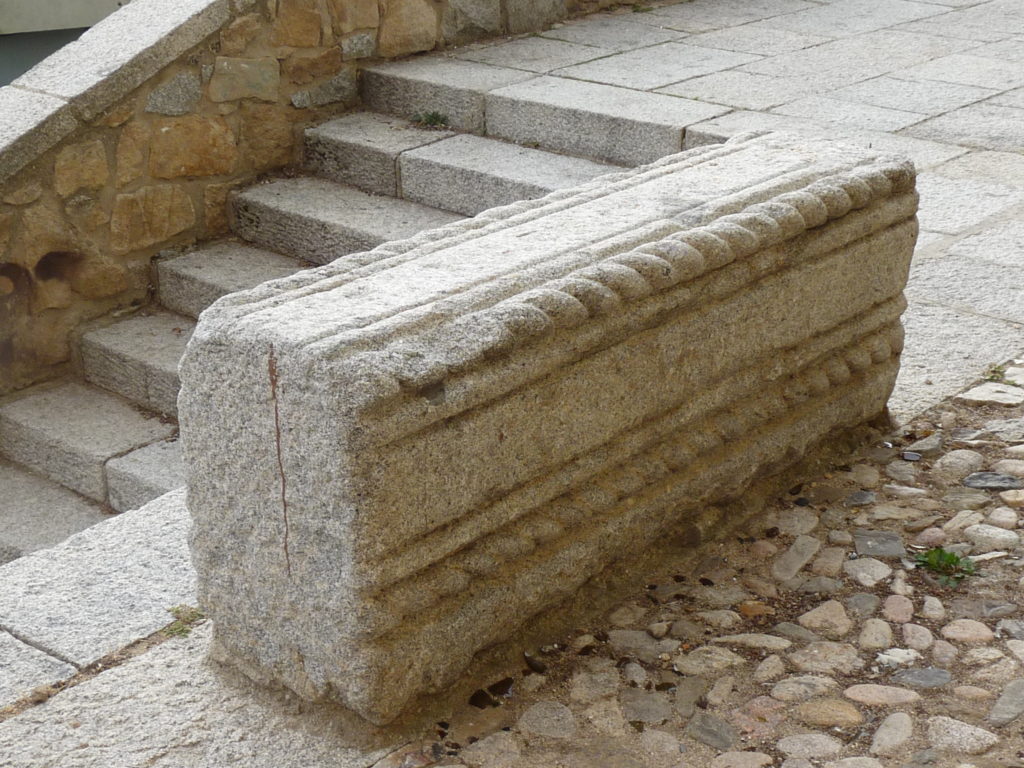
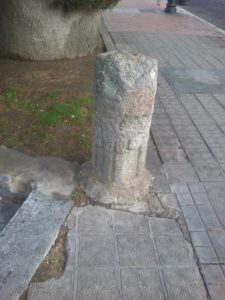

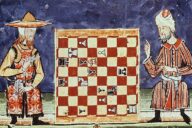
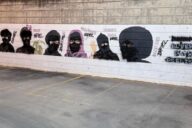










No Comments